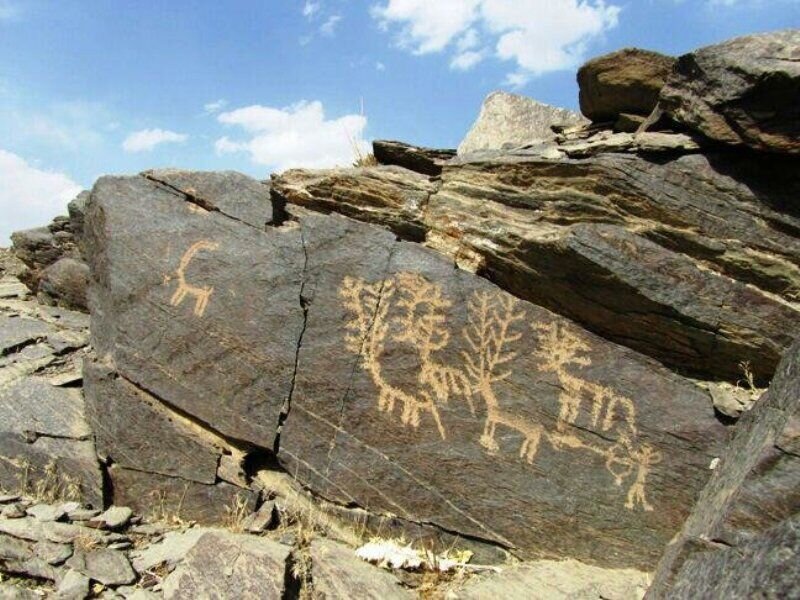INSUBCONTINENT EXCLUSIVE:
on Tuesday.The petroglyphs depict various motifs such as rams, mountain goats, the image of a man with a bow in his hand as well as hunting
the official explained.The Iranian plateau was roamed by the Neanderthals
A 2019 study published in the Journal of Human Evolution, suggests that Neanderthals were roaming over the Iranian Zagros mountain range
between 40 to 70 thousand years ago.Until the late 20th century, Neanderthals were regarded as genetically, morphologically, and
behaviorally distinct from living humans
However, more recent discoveries about this well-preserved fossil Eurasian population have revealed an overlap between living and archaic
humans.Neanderthals lived before and during the last Ice Age of the Pleistocene in some of the most unforgiving environments ever inhabited
They developed a successful culture, with a complex stone tool technology, that was based on hunting, some scavenging, and local plant
Their survival during tens of thousands of years of the last glaciation is a remarkable testament to human adaptation.Zagros mountain range
in southwestern Iran, extending northwest-southeast from the border areas of eastern Turkey and northern Iraq to the Strait of Hormuz, is
about 990 miles (1,600 km) long and more than 150 miles (240 km) wide
It forms the extreme western boundary of the Iranian plateau, though its foothills to the north and west extend into adjacent
countries.According to Britannica, the oldest rocks in the Zagros range date to Precambrian time (that is, before 541 million years ago),
and the Paleozoic Era rocks date to between 541 million and 252 million years ago and are found at or near the highest peaks.Most of the
rocks in the mountain range, however, are limestone and shale from the Mesozoic Era (252 million to 66 million years ago) and the Paleogene
Period (66 million to 23 million years ago)
The range was primarily formed by orogenies (mountain-building episodes) driven by the movement of the Arabian Plate underneath the Eurasian
Plate during the Miocene and Pliocene epochs (23 million to 2.6 million years ago).AFM

